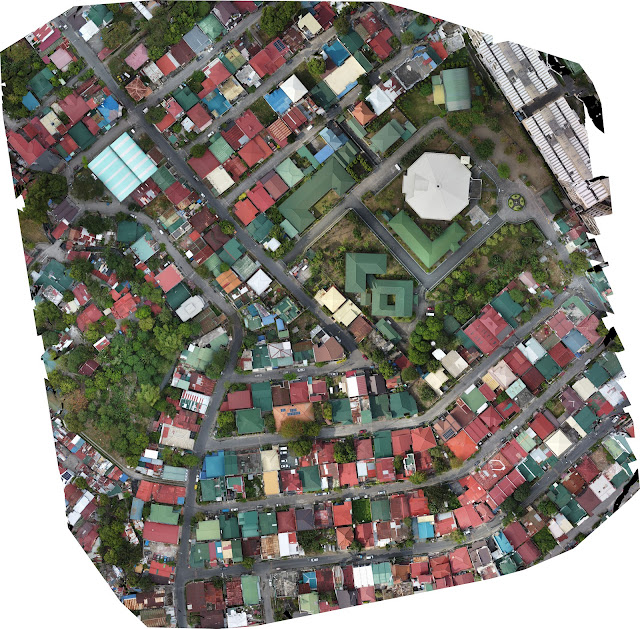Nissin Digital Di622 Mark II Speedlight Features & Technical Specs
QUICK & EASY! DIGITAL TTL FLASH.
KEY FEATURES
TTL FLASH
Di622 Mark II is compatible with Canon's E-TTL, E-TTLII system, Nikon's i-TTL and Sony ADI/P-TTL system. Those new digital TTL flash systems control the flash light with greater precision and stability.
Di622 Mark II is compatible with Canon's E-TTL, E-TTLII system, Nikon's i-TTL and Sony ADI/P-TTL system. Those new digital TTL flash systems control the flash light with greater precision and stability.
BOUNCE FLASH
The flash beam covers the frame from 14mm (with a wide angle diffuser built-in) to 70mm of the digital lens.(*) For a longer lens, the flash head reflector position stays at 70mm.
It turns 90 degrees upward and 270 degrees horizontally for bounce lighting.
The flash beam covers the frame from 14mm (with a wide angle diffuser built-in) to 70mm of the digital lens.(*) For a longer lens, the flash head reflector position stays at 70mm.
It turns 90 degrees upward and 270 degrees horizontally for bounce lighting.
The flash head also stores a small reflection panel for fill-in shots.
(*) The focal length for the traditional SLR camera is to be multiplied b a factor of 1.5.
(*) The focal length for the traditional SLR camera is to be multiplied b a factor of 1.5.
WIRELESS REMOTE FLASH
Di622 Mark II has a wireless remote flash system as a slave unit.
You can enjoy creative flash photography with multiple lightings from the various directions. There are 3 slave modes provided.
Di622 Mark II has a wireless remote flash system as a slave unit.
You can enjoy creative flash photography with multiple lightings from the various directions. There are 3 slave modes provided.
Slave Digital (SD): Di622 Mark II synchronizes to the pre-flash system. The master flash is to be set at TTL (E-TTL for Canon, i-TTL for Nikon and ADI/P-TTL for Sony) mode.
Slave Film (SF): Di622 Mark II synchronizes to the traditional single flash system. The master flash is to be set at manual mode. Studio lighting system synchronizes to this mode. This mode is also available for open flash, and for a standard flash in the market.
Wireless TTL: Di622 Mark II synchronizes to the wireless remote flash system. The master flash is to be set at Channel 1 group A in wireless remote mode.
TTL FLASH LEVEL COMPENSATION
The power of the flash can be controlled with TTL flash level compensation.
Whereas total exposure is controlled by the camera's EV compensation function, the flash can compensate for the exposure on the main subject only, with little impact on the exposure of the background scene.
The flash power level can be adjusted from -1.5EV through +1.5EV by 0.5EV steps.
The power of the flash can be controlled with TTL flash level compensation.
Whereas total exposure is controlled by the camera's EV compensation function, the flash can compensate for the exposure on the main subject only, with little impact on the exposure of the background scene.
The flash power level can be adjusted from -1.5EV through +1.5EV by 0.5EV steps.
NISSIN ORIGINAL “MY TTL” SETTING
The TTL flash power level is pre-set for exposure at factory. You can, however, reset
at the desired exposure level, in +/- 0.75 Ev. by 0.25 Ev increments.
The pre-set value is memorized as your personal standard after switching the unit
The usual TTL flash level compensation works based on this customized level.
X-Contact and External Synchro Contact
Di622 Mark II can be used without hotshoe cameras. Some cameras provide a flash synchronization contact at X-terminal instead of hotshoe. For this type of cameras, Di622 Mark II has a X-terminal socket for flash synchronization.
Di622 Mark II can be used without hotshoe cameras. Some cameras provide a flash synchronization contact at X-terminal instead of hotshoe. For this type of cameras, Di622 Mark II has a X-terminal socket for flash synchronization.
Specifications
ü Usable camera : CANON digital camera, NIKON digital camera
ü Guide Number : 44m, 145ft. (ISO 100), 62m, 205ft. (ISO 200)
ü Illumination coverage : 24-105mm (16mm wide angle diffuser)
ü Turning head : 90 degree upward, 90 degree to left, 180 degree to right
ü Power source : 4 X AA or equivalent Mi-MH, lithium
ü Number of flashes : 200-1500 flashes by fresh alkaline batteries
ü Energy saving system : 2 minutes to stand-by mode, 30 minutes to shut down after the power on or the last use of flash unit
ü Recycling time : 5 sec., with fresh alkaline batteries.
ü Flash exposure control :
E-TTL and E-TTL II for Canon cameras
i-TTL for Nikon cameras
E-TTL and E-TTL II for Canon cameras
i-TTL for Nikon cameras
ü Manual(Variable power) :
6 levels : Full - 1/2 - 1/4 - 1/8 - 1/16 - 1/32 powers
6 levels : Full - 1/2 - 1/4 - 1/8 - 1/16 - 1/32 powers
ü Wireless mode :
SD: Slave Digital (with 6 level)
SF: Slave Film (with 6 level)
Wireless TTL remote Channel 1 Group A (Controlled by master flash)
SD: Slave Digital (with 6 level)
SF: Slave Film (with 6 level)
Wireless TTL remote Channel 1 Group A (Controlled by master flash)
ü Flash Power Lock:
FE lock (for Canon) / FV lock (for Nikon)
FE lock (for Canon) / FV lock (for Nikon)
ü My TTL Setting
ü AF Assist light : Infrared LED for distance of 0.7 to 6 meter.
ü Color temperature : 5,600K (same as daylight)
ü Flash duration : 1/800sec. to 1/20,000sec.
ü Camera contact : Hotshoe , X-contact, External Synchro socket
ü Accessories included : Shoe stand, pouch
ü Dimensions : 77(W) x 130(H) x103(D) mm / 3.0(W) x 5.1(H) x 4.0(D) inches
ü Weight : 315g (without battery) / 11oz



Comments
Post a Comment